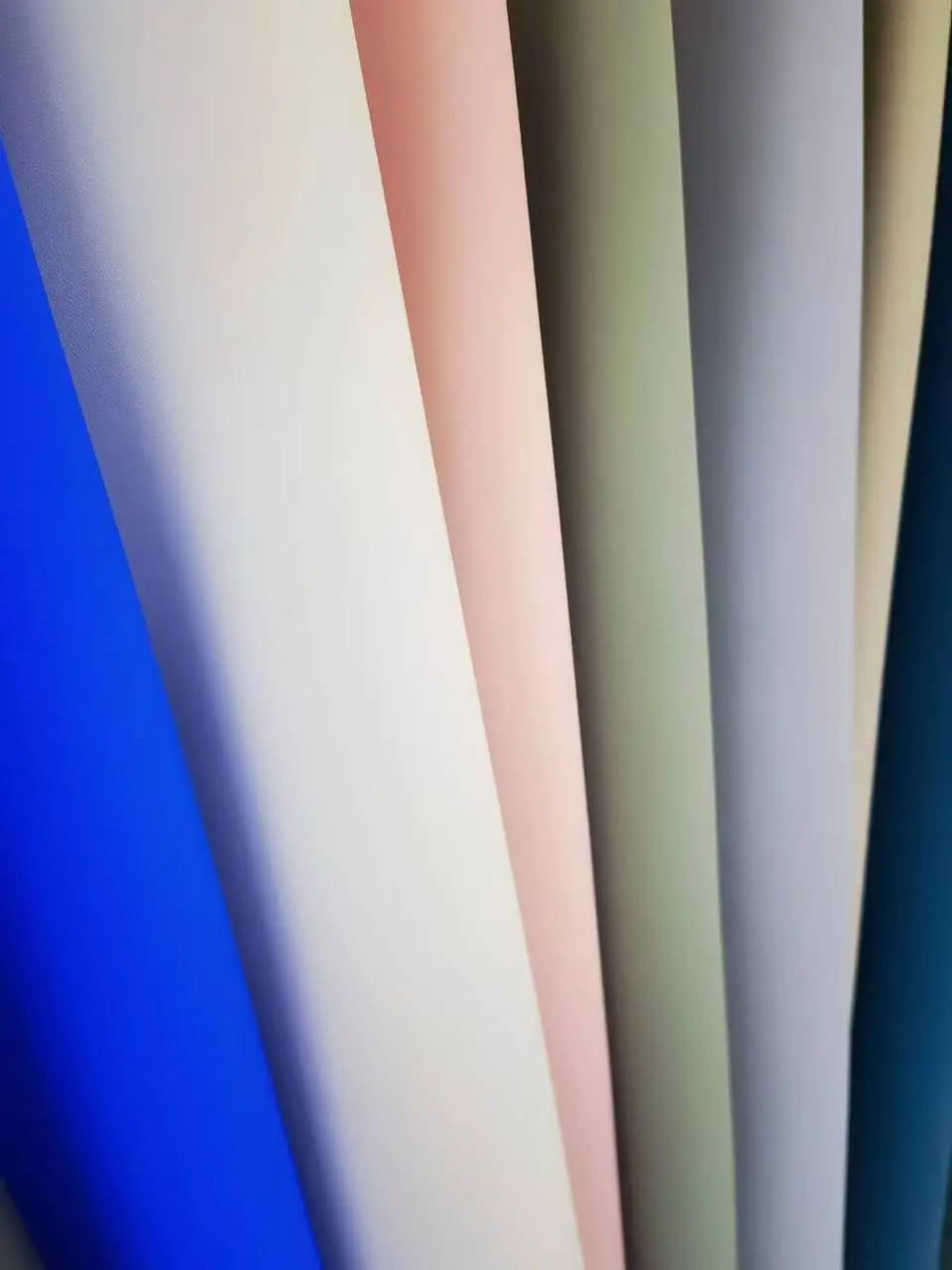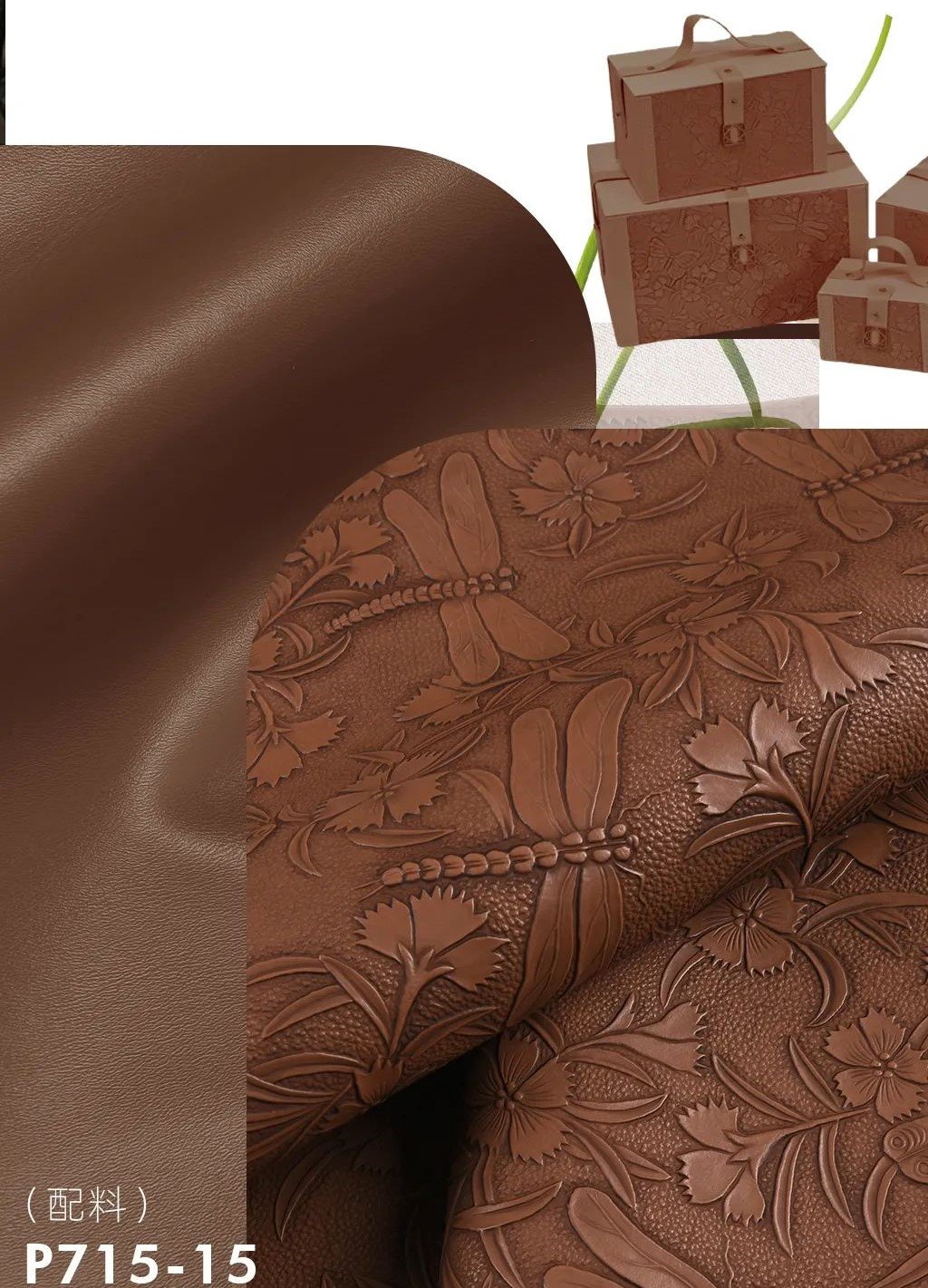When it comes to choosing faux leather, the first thing that might pop into your mind is: “It looks good, but how do I know if it’s going to last?”
Let’s dive into the world of synthetic leather, where the look meets durability without compromising on quality.
The Evolution of Faux Leather
Gone are the days when faux leather was synonymous with cheap and tacky. Thanks to advancements in technology, today’s faux leather can mimic the luxurious feel of real leather with added benefits, like being eco-friendly and more affordable. But not all faux leathers are created equal. So, how do you spot a high-quality piece that will stand the test of time?
1. Understand the Types of Faux Leather
Before diving into specifics, it’s crucial to know the different types of faux leather:
- PU Leather (Polyurethane): Soft, flexible, and commonly used for furniture and fashion items. It has a realistic leather feel but is less durable.
- PVC Leather (Polyvinyl Chloride): More durable and waterproof but can be stiffer. It’s often used in upholstery and outdoor products.
- Microfiber Leather: A high-end option made from ultra-fine fibers that mimic real leather’s texture and durability.
Each type serves a different purpose, so your choice should depend on where and how you’ll use the product. For instance, if you’re in the market for durable, water-resistant upholstery, PVC might be your best bet. But if you’re looking for that buttery-soft feel in a handbag, PU or microfiber leather could be the way to go.
2. The Touch Test: Feel the Difference ✋
One of the easiest ways to identify high-quality faux leather is through touch. Quality faux leather should have a soft, supple feel. Run your fingers over it—does it have a smooth, consistent texture, or does it feel plasticky and stiff? High-quality faux leather will have a more natural feel, similar to genuine leather.
For example, I remember the first time I was looking for a new office chair. I stumbled upon a sleek, stylish model that looked great online, but when I felt the material in person, it was stiff and unforgiving. That was a clear red flag! Trust your fingers; they can tell you a lot more than your eyes.
3. Check the Surface: Smooth or Grainy?
High-quality faux leather often has a natural grain pattern or a smooth finish. This surface texture is a good indicator of quality. Look for uniformity—cheap faux leather may have an inconsistent surface with imperfections or an overly shiny, plastic appearance.
If you’re considering a faux leather product, examine it closely under good lighting. A quality piece will have a refined texture, often mimicking real leather, while low-quality faux leather might look too perfect or overly processed.
4. Smell Test: What’s That Scent?
Yes, the smell test is real! High-quality faux leather will have a mild, almost non-existent scent. If it smells overwhelmingly like chemicals or plastic, that’s a sign of lower quality. While faux leather won’t have the rich scent of genuine leather, it also shouldn’t smell unpleasant.
I once bought a faux leather wallet online that looked stunning in photos. But when it arrived, the chemical smell was so strong that I couldn’t even keep it in the house! Lesson learned: pay attention to the scent before making a purchase.
5. Inspect the Backing: What’s Behind the Surface?
The backing material of faux leather is another telltale sign of quality. High-quality faux leather often has a fabric or woven backing that adds to its durability and strength. If you can, check the underside of the material. A sturdy, well-constructed backing usually indicates a longer-lasting product.
Cheaper faux leather might have a paper-thin backing or no backing at all, which means it’s more likely to tear or peel over time.
6. Flexibility and Weight: Light as a Feather or Heavy Duty? ️♀️
Good faux leather has a certain weight to it—not too heavy, but not too light either. The material should be flexible enough to fold without cracking or showing signs of wear. If the leather feels too thin or brittle, it’s probably not going to last.
When I was shopping for a faux leather jacket, I paid close attention to how the material moved. The jacket I ended up choosing had just the right amount of heft and flexibility, making it a comfortable and durable addition to my wardrobe.
7. Color Consistency: Bright, Bold, and Beautiful
Quality faux leather should have even, rich color throughout the material. Look out for any discoloration, fading, or uneven patches, as these are signs of poor-quality production.
When shopping, try to view the product in natural light to get the best sense of its true color. Consistent, vibrant color is a good indicator that the material has been well-crafted.
8. The Durability Test: Scratch and Water Resistance
Lastly, a quick durability test can save you from future disappointment. Quality faux leather should resist scratches and water to some extent. Lightly scratch the surface with your nail—does it leave a mark? If it does, that’s not a good sign.
For water resistance, a small drop of water should bead up on the surface rather than being absorbed. This test is especially important if you’re buying faux leather furniture or accessories that will be exposed to the elements.
Final Thoughts: Invest in Quality, Reap the Rewards
Choosing high-quality faux leather is all about knowing what to look for. From the texture to the scent, each detail tells a story about the material’s craftsmanship and durability. By paying attention to these factors, you’ll be able to make informed decisions and invest in pieces that not only look great but also stand the test of time.
So, the next time you’re in the market for a faux leather product, remember these tips. Your future self—and your wallet—will thank you!
What’s your go-to method for identifying quality materials? Share your tips in the comments below!
Looking for more insights? Follow FurniLeather for more tips and industry secrets.








